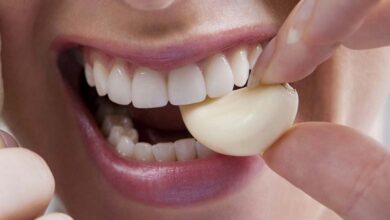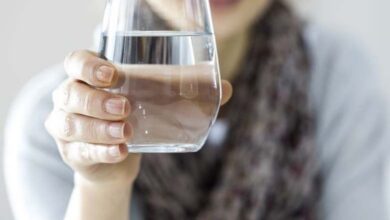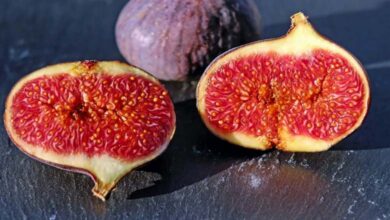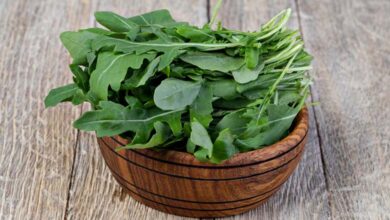Material with ‘Shrimp’ to Stop Bleeding… How Does It Work?
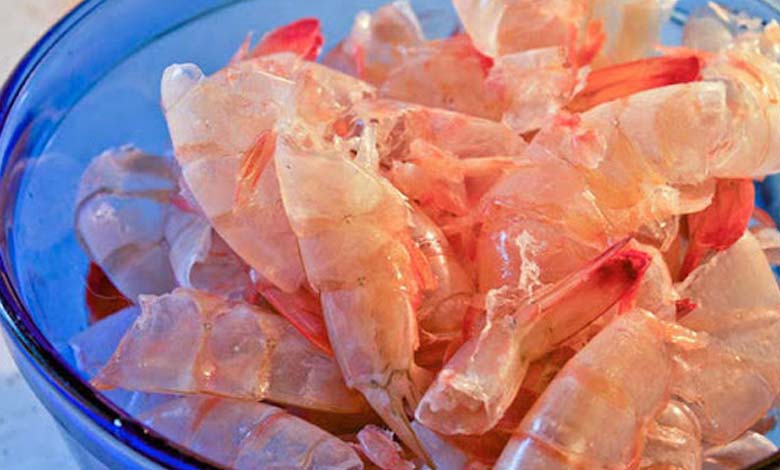
Millions of people around the world, including 11 million in the United States, take blood-thinning or antiplatelet medications such as heparin or aspirin to treat serious conditions like heart attacks and strokes.
However, these medications also expose patients to the risk of bleeding, which can be life-threatening in case of injury or during surgery.
To improve strategies for minimizing blood loss, a team led by researchers from Brigham and Women’s Hospital in the United States developed a porous material that enhances blood absorption and activates clotting mechanisms effectively, even in patients taking anticoagulant or antiplatelet drugs.
The study, published in the “Proceedings of the National Academy of Sciences,” highlights the potential of this material to significantly reduce bleeding time. The material, inspired by the structure of human lungs, features small spherical pores that rapidly absorb blood, accumulate clotting components, and facilitate blood clotting.
The researchers used chitosan, extracted from oysters and shrimp, which not only does not attract blood platelets but also directly stimulates blood clotting.
In a study involving 70 patients taking the anticoagulant heparin, bleeding stopped in about five minutes for those who received low doses of heparin and less than nine minutes for those on higher doses.
A report published by Brigham and Women’s Hospital emphasizes that the “ease of application and removal of the material, along with its ability to save time in emergency situations, makes it a promising innovation for managing bleeding in patients taking blood-thinning or antiplatelet medications.”
Researchers are exploring further wound healing processes and investigating next-generation wound dressings.


